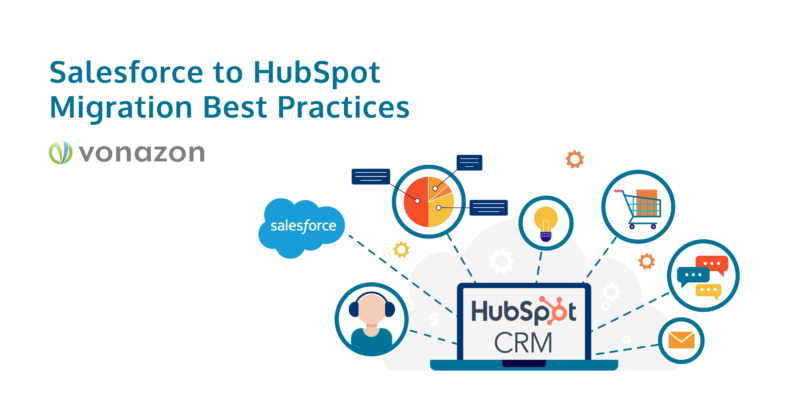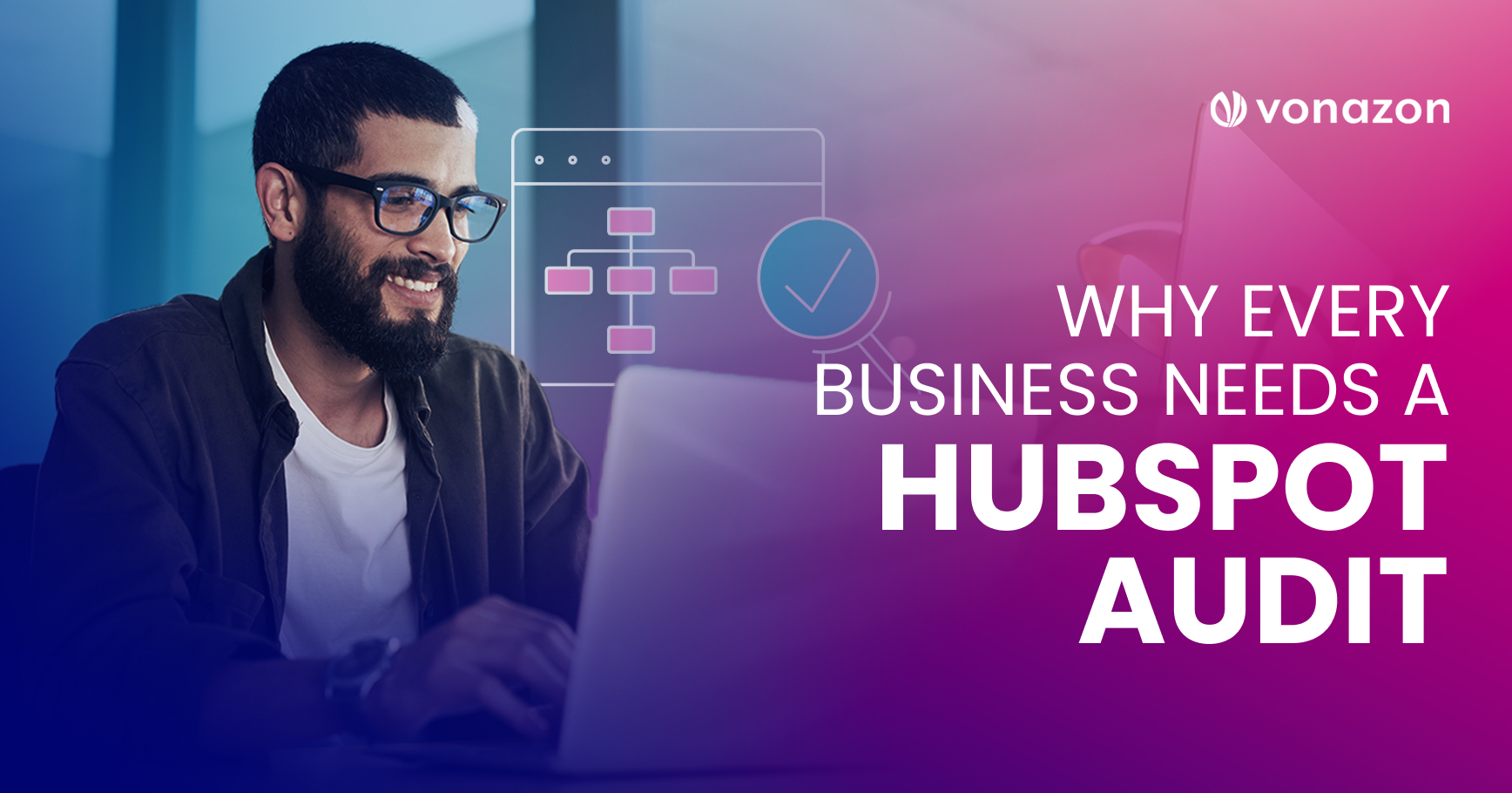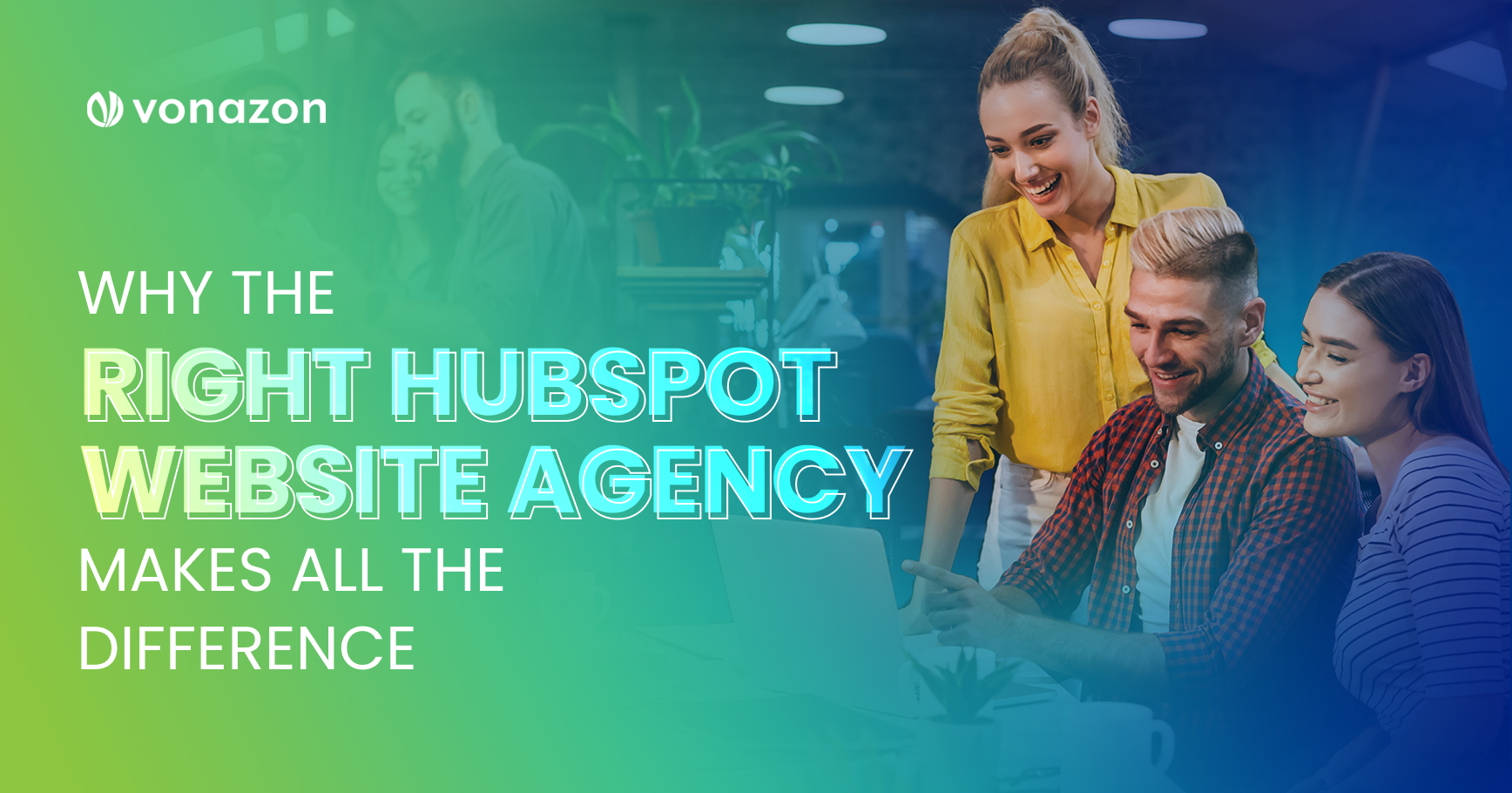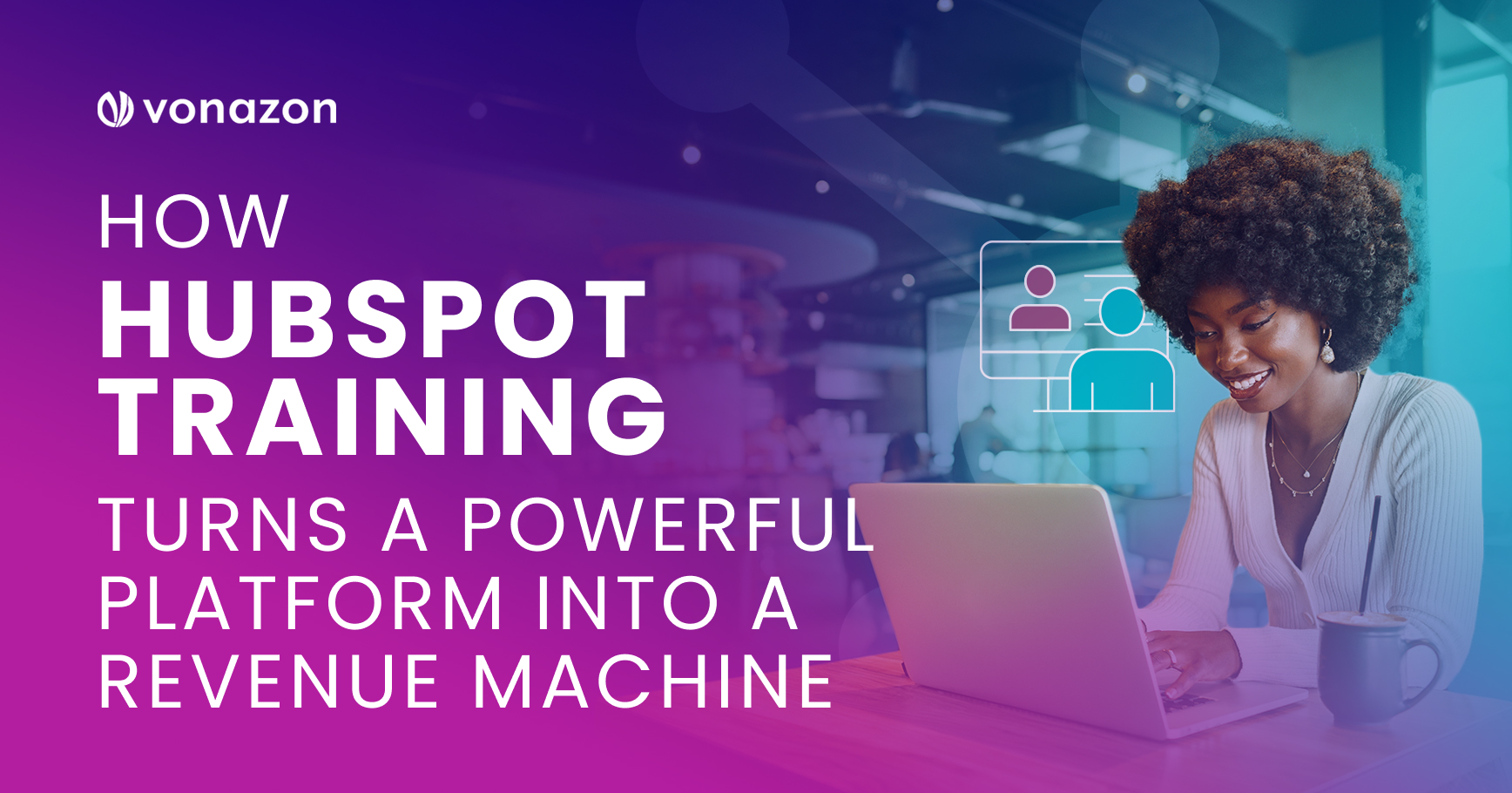Salesforce to HubSpot Migration Best Practices
A CRM (Customer Relationship Management Software) system is essential for helping businesses thrive. CRM software stores and analyzes consumer data while developing long-lasting customer relationships. If your CRM systems aren’t performing at the optimum levels you need, now might be the time to make a Salesforce to HubSpot migration. HubSpot has a proven history of benefiting Rep PPR (Productivity Per Rep) and ASP (Average Sales Per Deal) by 30% while decreasing Sale Cycle Length by 16%.
CRM data migration involves transferring all client data from one legacy software to the next. Due to its complex nature, over 30-70% of all CRM integrations fail. Fortunately, the right HubSpot partner can prevent this by quickly migrating systems without losing valuable data.
There are 5 phases to switching
Now that you’ve chosen HubSpot to handle your CRM migration, we’ll begin by planning your buyer’s journey. We’ll work with you across five phases, along a roadmap, using associated strategies to reach benchmarked goals.

Plan your HubSpot migration
The best plan of action for your migration is to set up a solid team strategy:
- Collaborate with all CRM stakeholders
- Create a backup plan
- Decide what data needs to be migrated
- Choose a method of migration
- Clean and prep your data
- Setup the HubSpot environment
- Set a cut-off date
Collaborate with all CRM stakeholders
On average, a Salesforce to HubSpot migration will take around three months—two months for HubSpot onboarding and one month for ongoing usage and optimization—but these times can vary based on your business needs. These early months should be used to draft a roadmap to success, so you can stay organized and develop new sales or marketing processes when the migration requires it. Your sales managers can achieve this goal by encouraging collaboration. Invest in training all workers, from CRM technicians to sales reps, on HubSpot features so they can couch the first group of users through the CRM database. This ensures no single task will be outside the scope of every employee.
This shift will take you into the third and final month of the CRM migration when you optimize your workflows—finding new ways to improve issues with departments based on the needs or features of their CRM tasks. For example, well-integrated CRM software can shorten decision-making between departments by connecting them with fast data analysis and reporting. Once your managers have created collaboration among teams and paired it with technology, ROI will increase as time-consuming processes decrease.
Create a backup plan
While it’s impossible to account for everyone, companies have experienced various challenges when making their Salesforce to HubSpot migration. So, you should include a backup plan section within your roadmap.
Backup plans start with a complete understanding of the risks that might affect your data. How can you manage these risks? Human errors such as accidental deletion account for 85% of data loss, and most cloud apps don’t log accounts of deleted data. Luckily HubSpot plans for these types of setbacks and provides easy-to-use solutions like data encryption, quick data restorations, and a user-friendly interface.
Decide which data needs to be migrated
Now that you’ve decided to make a Salesforce to HubSpot migration, removing redundant data before the move will benefit your switch. Taking the time to determine which data you “don’t” need during a CRM migration is just as important as locating the information you do need.
One challenge impacting companies during a CRM data migration is overextension. You want to find a balance between technical and business data. Clearing data groups that don’t meet those requirements will decrease the stress placed on your system and quicken the time it takes to analyze or report on migration results.
There are four data types to consider when deciding which information is important:
Records
- Define which data to keep or exclude to HubSpot
Integrations
- Reduce nonessential processes with API tools
Automation
- Optimize workflows and nurture new leads
Reports
- Use custom tools to consolidate all future reporting needs
Choose a method of migration
Don’t underestimate the benefits of having an experienced partner assist you during your CRM migration. A competitive advantage to using industry-trained professionals is the visibility they grant your daily practices. Expert HubSpot partners identify the pain points of your operations and then develop personalized solutions. As HubSpot Elite partners, we have a reliable track record for producing tangible results that meet your organization’s unique needs in HubSpot.
There is no choice in a business that doesn’t take on some degree of risk. When researching which system will suit your CRM data migration, consider each option’s pros and cons. Choosing the wrong partner could leave you off worse than you were before picking them.
Clean and prep your data
As previously stated, including bulky or redundant data groups within your database will do more harm than good during a CRM migration. When you leave outdated systems or repeated messages in your systems, the performance levels of the CRM begin to dip. More time and effort must be committed to sorting out necessary data from spam data.
Here are industry standards to look out for during a pre-migration screening:
- Old Emails
- Unlisted contacts
- Lost clients
- Former business addresses
Access to clean, quality data is a must, especially when it can negatively impact productivity. When cleaning your database during a CRM data migration, finding the option best suited to your company is crucial. Remember each company’s needs will be different, which requires reviewing all the integration options available to you and making an informed decision for your company’s future that you are comfortable with finalizing.
Setup the HubSpot environment
One way to guarantee a successful data migration is to follow carefully planned instructions. HubSpot offers a checklist designed to help painlessly shepherd you through a CRM migration:
- Review sales processes
- Document all existing records
- Merge or delete irrelevant data
- Upskill your teams using HubSpot certifications
- Develop a communication plan for management
A good rule of thumb when preparing for a Salesforce to HubSpot migration is to consider little things. Have you ensured that existing users will still have access to the HubSpot database? Is there a part of the integration which might corrupt or duplicate data during transit?
Set a cut-off date
Surprisingly enough, many companies struggle with this final step of CRM data migration. Luckily, setting a cut-off date is straightforward.
Examine your three-month timeline and select a date to block future access to the old CRM database. You want to put this wall into place for two reasons: first, a cut-off wall makes the transition of power between current and new systems final. Second, you prevent teammates from creating duplicate or outdated data entries that would need to be cleaned out of the new database after transfer. Both reasons stop you from wasting valuable time and money during your transition.
Conclusion
Moving from Salesforce to HubSpot is an intelligent decision for businesses that want to grow to scale with increased data visibility. Let’s take a final moment to review the migration process. First, you learned to develop a roadmap. Next, you were taught that collaboration among stakeholders could become a competitive advantage and you learned why protecting your data with a backup plan is necessary. You were then given the option to clean up your data and decide which information is and isn’t worth keeping. From there, you were asked to consider which CRM migration strategy suited your needs best. After that, you had a chance to review a checklist for creating a thriving HubSpot environment in the office. Finally, you were informed of the importance of setting a cut-off date for when a transfer needs to occur.
CRM migrations can be a challenge. But with a solid plan, dedication to collaboration, and the right migration partner, they don’t have to be.
Account Executive
Vonazon Inc.

Vonazon can guide you through the process of creating fun and effective short form videos that are unique to your brand. We can also help you create campaigns around your videos that deliver results, grow your brand’s social media presence, and produce more leads.
Contact us today to begin your short form video journey.







